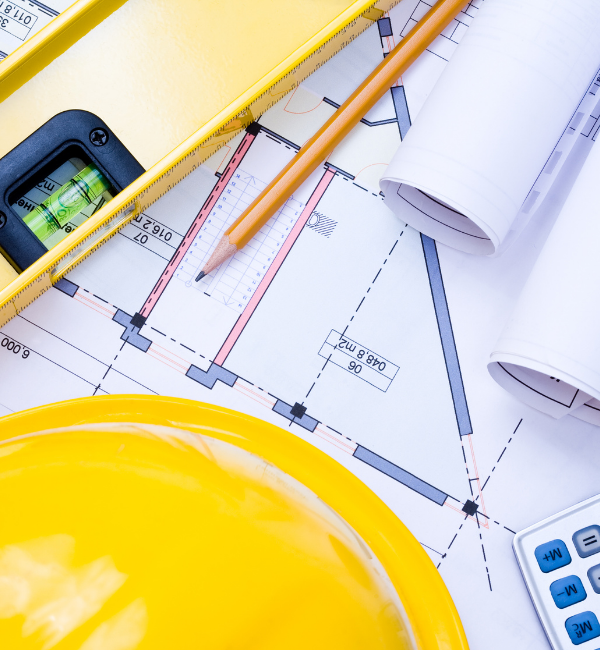Flight Challenge


Build, launch and test a glider made of paper, a straw and an elastic.
What You Need
For each child:
- 1 piece of cardstock cut into a triangle
- 1 straw
- 1 elastic
- 1 paper clip
- Extra: pieces of ribbon, stickers, an extra paper clip or elastic
- Tools: tape, scissors
Instructions:
Safety Notes
Do not launch your glider toward another person or animal.
What To Do
1. Make a bend about 2.5 cm from the top of the straw.
2. Place the elastic in the bent part of the straw and tape the bent part of the straw to the rest of the straw. This is the launcher part of your glider.
3. Add a paper clip to one of the corners of your paper triangle.
4. Lay the launcher in the center of the paper triangle. Leave a little bit of the straw sticking over the top of the tip of the triangle and tape the launcher with a few pieces of tape to hold it on tight.
5. You are ready to test your glider. To launch it, put the elastic over the tip of your thumb or finger of one hand while holding onto the straw with the other hand. Then let go of the straw. You might have to practice this a bit. If it doesn't work, you can launch your glider by throwing it.
Discovery
There are 4 main forces of flight and these are some ways you can test for some of the forces of flight.
- Thrust - you can change the amount of thrust you give your glider by changing how far you pull back on the elastic or how hard you throw it. Do you think your glider will go further or not as far if you give it more thrust?
- Drag - drag is cause by air and the particles in the air like dust and can slow your glider down or make it not go as far. Do you think your glider will go further or not as far if you fly it indoors or outdoors toward the wind on a windy day?
- Weight - Will your glider fly better if it has more weight on it? You can test this by adding some stickers or an extra paper clip or other materials you might have at home.
- Lift - How a glider lifts into the air depends on the angle it is at. You can test this by launching your glider on an angle toward the ceiling or an angle toward the floor or try other angles. Which angle keeps your glider in the air the longest?
Lastly, if your glider is spinning a bit when you fly it, you can try adding ribbons or bend the corners of the triangle paper up to help make it more stable. Try it out!
What's Happening?
There are 4 main forces of flight and these are some ways you can test for some of the forces of flight.
- Thrust - you can change the amount of thrust you give your glider by changing how far you pull back on the elastic or how hard you throw it. Do you think your glider will go further or not as far if you give it more thrust?
- Drag - drag is cause by air and the particles in the air like dust and can slow your glider down or make it not go as far. Do you think your glider will go further or not as far if you fly it indoors or outdoors toward the wind on a windy day?
- Weight - Will your glider fly better if it has more weight on it? You can test this by adding some stickers or an extra paper clip or other materials you might have at home.
- Lift - How a glider lifts into the air depends on the angle it is at. You can test this by launching your glider on an angle toward the ceiling or an angle toward the floor or try other angles. Which angle keeps your glider in the air the longest?
Lastly, if your glider is spinning a bit when you fly it, you can try adding ribbons or bend the corners of the triangle paper up to help make it more stable. Try it out!